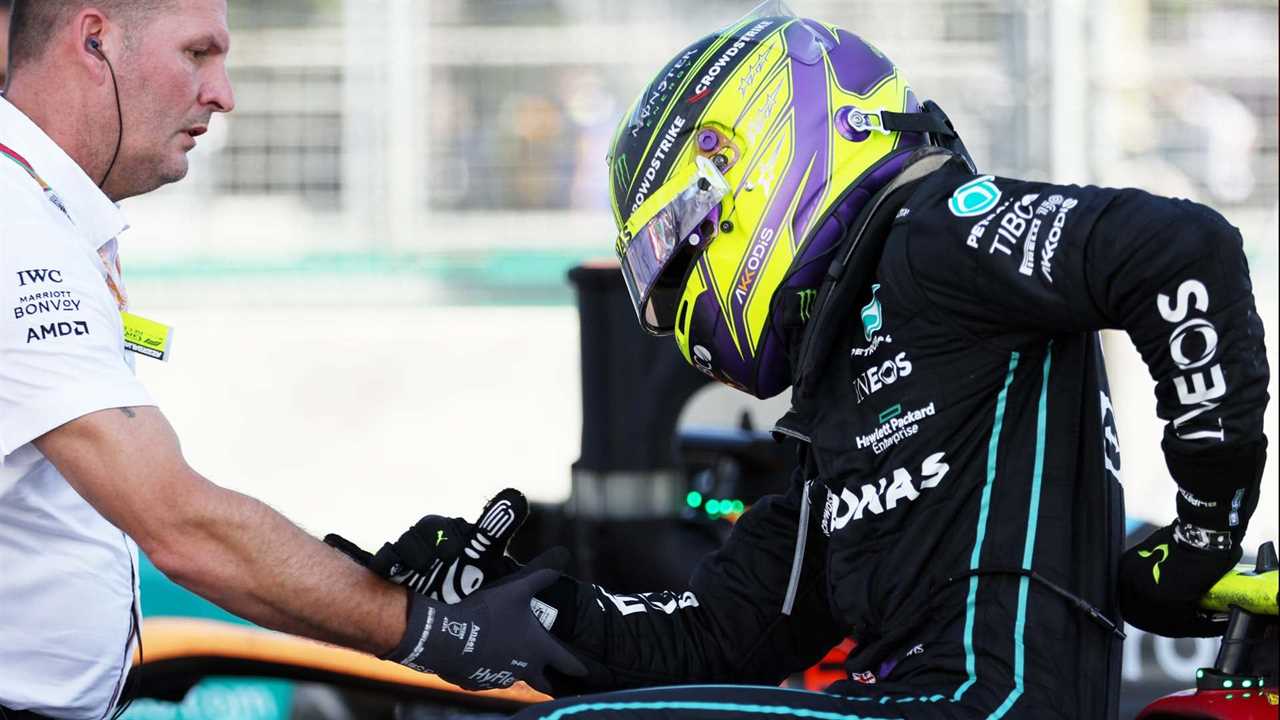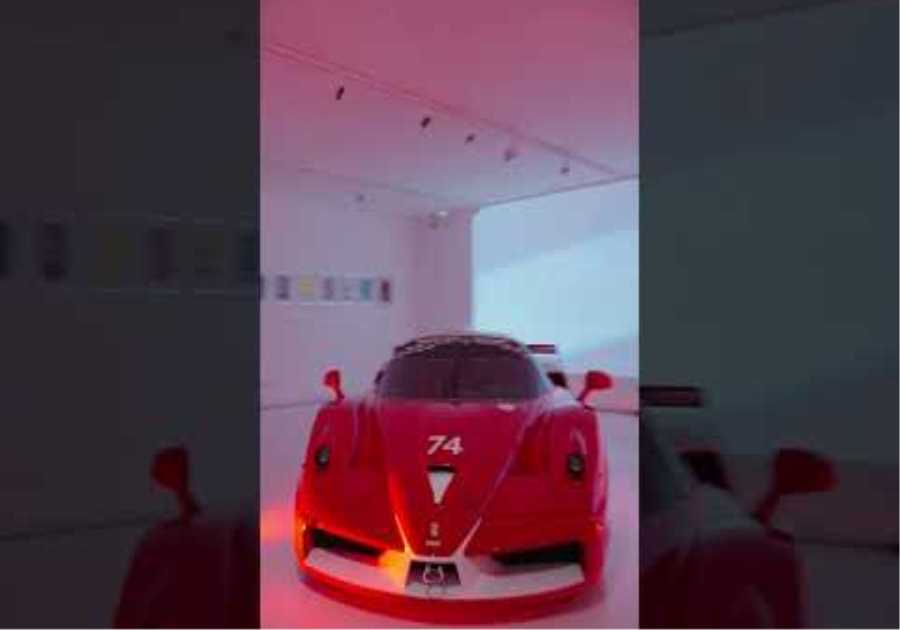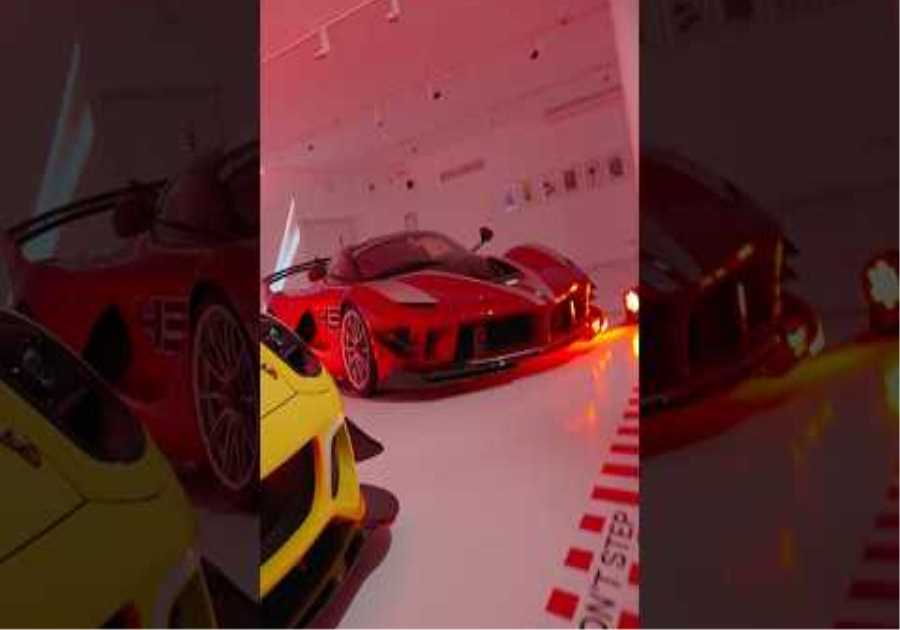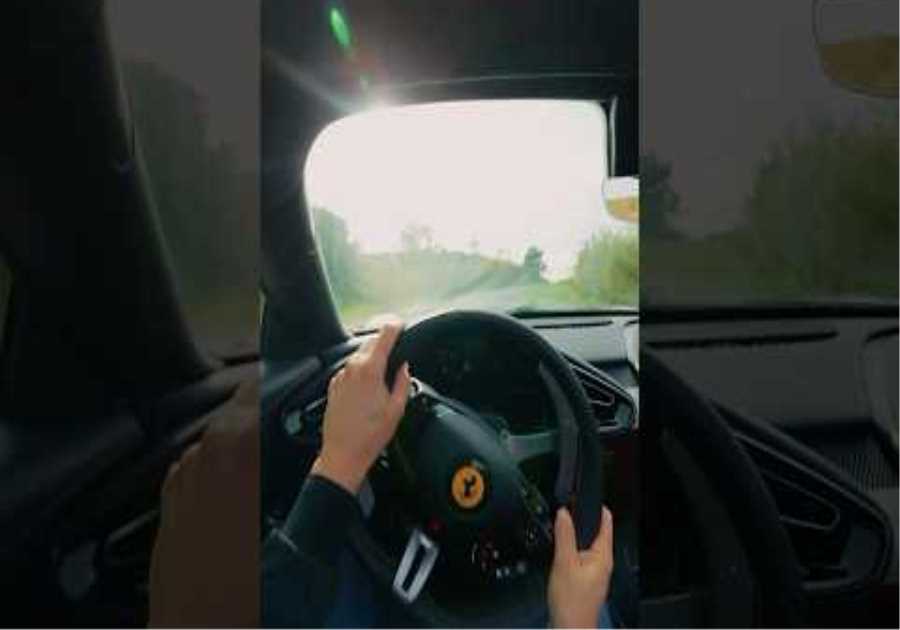
Ever since the painful image of Mercedes driver Lewis Hamilton needing help out of his Formula 1 car, Mercedes team boss Toto Wolff has been outspoken about fixing the series’ porpoising issues. Porpoising in F1 racers, which are the cars’ sometimes-violent undulations, is due to the new aerodynamics of this year’s cars. While other teams said Wolff may be exaggerating, according to Motorsport.com, Wolff cited a study that claims drivers risk brain damage from the constant bouncing.
“The FIA has commissioned medical work on the porpoising. The summary of the doctors is that frequency of 1-2 Hz, sustained over a few minutes, can lead to brain damage. We have 6-7 Hz over several hours.” Wolf said.
While Wolff claims he was shown that study during a meeting, and doesn’t cite the study itself, there could be some truth to his claims. According to the Journal of Stroke and Cerebrovascular Diseases, there may be a link between constant vibration and brain injury.
In a 2015, motor vehicle-induced whole-body vibration can cause significant brain injury, mostly by causing cerebral vasoconstriction, which limits blood flow and oxygen to the brain. The study was done on nine groups of rats, to see if vibrations from motor vehicles could cause long-term brain injury. Four of those groups were subject to whole-body vibrations of 30Hz and 0.5G acceleration for four hours per day, five days per week, for several weeks. Afterwards, all rats were subject to behavioral, physiological, and histological brain studies.
All of the rats in the study, including both the vibrated rats (a phrase I never thought I’d type) and the non-vibrated rats in the control groups were physically fine. However, the vibrated rats all showed a decline in cognitive ability compared to the control rats. Maze tests proved the vibrated rats were consistently more hesitant to make decisions and were often more confused. They also suffered weakened grip strength, a slower reaction to heat, and a slower reaction to pain. Although Wolff may have been talking about another study, a possible link between vibration and cognitive ability is there.
The issue has gotten better over the past few weeks, with fewer drivers mentioning porpoising issues. However, Wolff says that point is moot. “The argument is we haven’t had any porpoising and bouncing in the last few races. But it doesn’t count because Silverstone, Paul Ricard, and Austria aren’t exactly tracks that we bounce at anyway.” he said.
Other teams, such as Red Bull and Ferrari, have learned how to overcome the bouncing issue and claim it isn’t a safety issue but an engineering one. But Wolff and the FIA seem to think that a change needs to be made next season.






